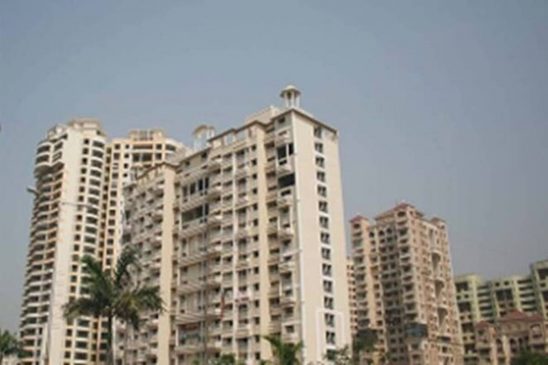Synopsis
“Any proposal to hike circle rates in Category A localities – Maharani Bagh, New Friends Colony, Panchsheel Park, Vasant Vihar and Hanuman Road – where the market rates are significantly below circle rates will be very counterproductive,” said Amit Goyal, CEO, India Sotheby’s International Realty.
The Delhi government’s plan to increase circle rates – or floor rates for property deals – by up to 30% will have an adverse impact on the real estate market and slow the pace of high-value transactions that had hit fresh records after the Covid slump.
A government official told ET that a proposal to revise the circle rates has been sent to the revenue minister and it will soon be put up before the cabinet for approval.
“Any proposal to hike circle rates in Category A localities – Maharani Bagh, New Friends Colony, Panchsheel Park, Vasant Vihar and Hanuman Road – where the market rates are significantly below circle rates will be very counterproductive,” said Amit Goyal, CEO, India Sotheby’s International Realty.
“In these colonies, the prevailing rates, particularly for large size plots, continue to remain below the circle rates, despite the 20% rebate given by the Delhi government and extended until June,” Goyal added.
Circle rates, or the minimum rates for valuation of land and immovable properties in residential, commercial and industrial areas in the city, were last revised for all existing categories in 2014.
Brokerage firms said that they expect the plan to raise circle rates by as much as 30% in different colonies is part of the overall rate-rationalisation exercise.
Experts said that any increase or decrease in circle rates should only be announced as part of a comprehensive citywide rationalisation and colony re-categorization exercise.
This is essential to bring harmony between circle rates and transaction prices.
“We recommend the department look at creating subcategories within the A-H categories, where needed. We recommend all property transaction values be published online on the revenue department’s website,” Goyal said.
There is, perhaps, also the need to create more categories instead of applying a one-size-fits-all formula.
“The government should create additional categories such as A+, B+ and C+ and upgrade colonies instead of hiking the circle state for every colony,” said Rohit Chopra, founder of Southdelhiprime.com, a real estate advisory and transaction firm. “The hike, without keeping the colony status in mind, will impact the overall sale.”
Developers said that with customers focusing on wellness and convenience, there is a shift toward properties that have large outdoor spaces and part of an integrated township.
To be sure, South Delhi and Lutyens’ Bungalow Zone registered the highest number of property registrations in three years through a Covid-19-ravaged 2020–21, with uber-rich investors buying assets in areas where demand usually outruns supply.
“The sale momentum was unprecedented and the decision to hike the rate will put a brake on the momentum. While some areas require correction in the circle rate, in some areas, there is no need for change,” said Pradeep Prajapati, who deals in luxury real estate in South Delhi and Lutyens’ Delhi.
In December 2021, the Delhi government had extended 20% lower circle rates until June 30, 2022.
Areas such as Maharani Bagh, Panchsheel Park, and New Friends Colony, where there were hardly any transactions in the past few years, have suddenly started recording transactions after the circle rate was reduced.
“Less than a year after announcing a cut, the Delhi government move to hike circle rate in some localities would shoot up the rates of premium properties in the national capital. This may detrimental for buyer sentiment, at a time when sales are seen picking up. At the same time, the UT government is also planning to slash circle rates in some other localities, in a balancing act. The whole impact of these moves could be predicted only after the government announces its decision in this regard,” said Vikas Wadhawan, Group CFO, Housing.com.





































